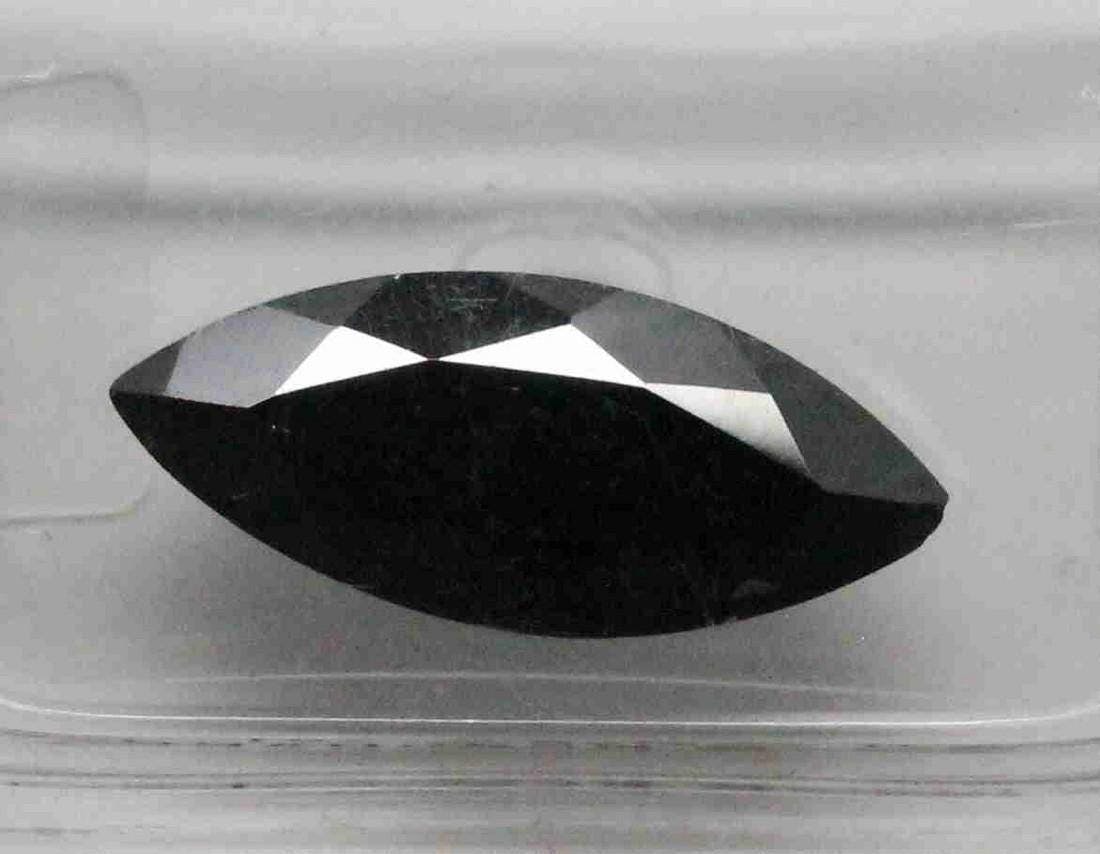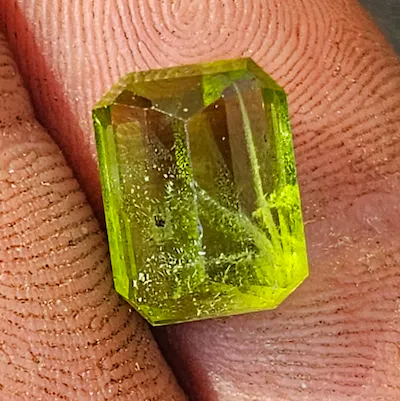News
The Mohs Hardness Scale and Chart for Select Gems
Discover the Mohs Hardness Scale and Chart for Select Gems with this comprehensive guide by the International Gem Society. The Mohs Hardness Scale measures a mineral’s resistance to scratching, making it a vital tool for gemologists. In this article, you’ll find the traditional scale along with a chart of select gems ordered by hardness. Whether you’re a gem enthusiast or a professional in the industry, this resource will provide you with valuable information on the hardness of different gemstones. Explore the fascinating world of gemology and enhance your knowledge with the International Gem Society.
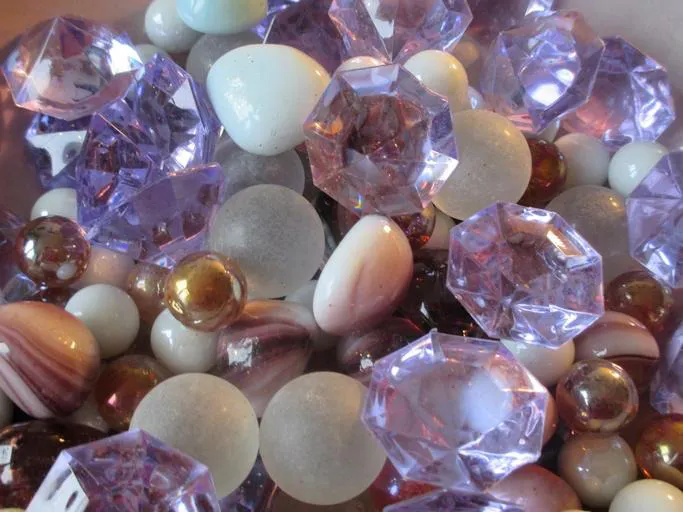
The Mohs Hardness Scale
Explanation of the Mohs hardness scale
The Mohs hardness scale is a system that measures the hardness or scratch resistance of minerals. It was developed by Friedrich Mohs in 1812 and is based on a scale from 1 to 10, with 1 being the softest and 10 being the hardest. The scale is determined by the ability of a mineral to scratch another mineral. For example, a mineral with a hardness level of 5 can scratch all minerals below that level, but it can be scratched by minerals with a higher hardness level. This scale is widely used in gemology to help determine the durability and suitability of gemstones for various uses.
History of the scale
The Mohs hardness scale was created by Friedrich Mohs, a German mineralogist, in 1812. Mohs wanted to develop a simple and practical way to measure the hardness of minerals and created a scale that could be easily understood and applied by anyone. He selected ten common minerals of varying hardness to serve as reference points on the scale, with talc being the softest mineral and diamond being the hardest. Mohs’ scale quickly gained popularity and is still widely used today, over 200 years later.
How the scale is used in gemology
In gemology, the Mohs hardness scale is an essential tool for evaluating the durability and wearability of gemstones. It helps gemologists determine how well a gemstone will retain its beauty and luster over time. Gemstones with a high hardness level are more resistant to scratches and abrasions, making them suitable for everyday wear, while gemstones with a lower hardness level may require more careful handling and care. By understanding the Mohs hardness scale, gemologists can make informed recommendations to consumers and help them choose gemstones that will best meet their needs and lifestyles.
Select Gems Ordered By Mohs Hardness
List of select gems and their hardness levels
Here is a list of select gemstones and their corresponding hardness levels according to the Mohs hardness scale:
- Diamond (10)
- Ruby (9)
- Sapphire (9)
- Topaz (8)
- Emerald (7.5 – 8)
- Aquamarine (7.5 – 8)
- Amethyst (7)
- Garnet (6.5 – 7.5)
- Peridot (6.5 – 7)
- Opal (5.5 – 6.5)
- Turquoise (5 – 6)
- Lapis Lazuli (5 – 6)
- Pearl (2.5 – 4.5)
Meaning of hardness levels in relation to gemstone durability
The hardness level of a gemstone is directly related to its durability and resistance to scratches. Gemstones with a high hardness level, such as diamond and sapphire, are extremely durable and can withstand everyday wear without easily scratching or becoming damaged. On the other hand, gemstones with a lower hardness level, such as pearl or opal, are more prone to scratches and require more careful handling and care.
Examples of popular gemstones at each hardness level
Gemstones at each hardness level offer a wide range of options for jewelry and personal adornment. Here are some popular gemstones at different hardness levels:
- Hardness 10: Diamond
- Hardness 9: Ruby, Sapphire
- Hardness 8: Topaz
- Hardness 7: Emerald, Amethyst
- Hardness 6: Aquamarine, Garnet
- Hardness 5: Opal, Turquoise, Lapis Lazuli
- Hardness 2.5 – 4.5: Pearl
These gemstones can be used in various types of jewelry, including rings, necklaces, earrings, and bracelets, depending on their hardness and individual characteristics.
Gem Structure Chart
Explanation of a gem structure chart
A gem structure chart is a visual representation of the internal structure and composition of a gemstone. It provides information about the arrangement of atoms and molecules within the gem, which contributes to its physical properties and characteristics. The chart typically includes details such as crystal system, chemical composition, optical properties, and any specific features or inclusions that may be present in the gemstone.
Information included in a gem structure chart
A gem structure chart may contain various pieces of information about a gemstone, including:
- Crystal system: The crystal system to which the gemstone belongs (e.g., cubic, hexagonal, orthorhombic).
- Chemical composition: The elemental composition of the gemstone.
- Optical properties: Refractive index, birefringence, dispersion, pleochroism, and other optical properties that affect how the gemstone interacts with light.
- Specific gravity: The relative density of the gemstone compared to the density of water.
- Cleavage and fracture: The way the gemstone breaks or fractures when subjected to external forces.
- Inclusions: Any internal features or impurities that may be present in the gemstone, such as minerals, bubbles, or fractures.
Examples of information included on a gem structure chart
Here are some examples of information that may be included on a gem structure chart:
Gemstone: Emerald Crystal system: Hexagonal Chemical composition: Beryllium aluminum silicate Optical properties: Refractive index 1.565-1.602, birefringence 0.005-0.009, no pleochroism Specific gravity: 2.67-2.78 Cleavage and fracture: Poor to distinct basal cleavage, conchoidal fracture Inclusions: Common inclusions include liquid-filled fractures (jardin) and pyrite.
Gemstone: Ruby Crystal system: Hexagonal Chemical composition: Aluminum oxide with chromium impurities Optical properties: Refractive index 1.760-1.778, birefringence 0.008, strong pleochroism (red to purplish-red) Specific gravity: 3.97-4.05 Cleavage and fracture: No cleavage, conchoidal fracture Inclusions: Common inclusions include rutile needles and silk.
These are just a few examples, and the specific information included on a gem structure chart may vary depending on the gemstone being examined.
Standard Gem Sizes Chart
Importance of knowing standard gem sizes
Knowing standard gem sizes is important for both consumers and professionals in the gem industry. For consumers, understanding standard gem sizes can help when shopping for gemstone jewelry or loose gemstones. It allows them to better visualize and compare the size of different gemstones, ensuring they select the desired size for their jewelry or collection. For professionals, knowledge of standard gem sizes is crucial for accurately evaluating and pricing gemstones, as well as determining the suitability of gemstones for specific settings or designs.
Chart showing standard gem sizes for popular cuts
A standard gem sizes chart provides a reference guide for the average dimensions of popular gem cuts. The chart typically includes measurements in millimeters or carats, allowing for easy comparison and selection based on size preferences. It may include sizes for various gem shapes, such as round, oval, emerald, princess, and marquise, among others.
How to determine if a gem will fit in a standard setting using the chart
Using a standard gem sizes chart, professionals can determine if a gemstone will fit in a standard setting or design. By comparing the measurements of the gemstone to the standard sizes for a specific cut or shape, they can assess whether the gemstone will fit securely and proportionally within the setting. This is especially important when selecting gemstones for engagement rings or other custom-made jewelry, where the gemstone must fit perfectly within the design.
Consumers can also use a standard gem sizes chart to estimate the size of a gemstone they desire. By comparing the dimensions listed on the chart to the actual measurements of a gemstone, they can determine if it meets their size expectations and preferences.
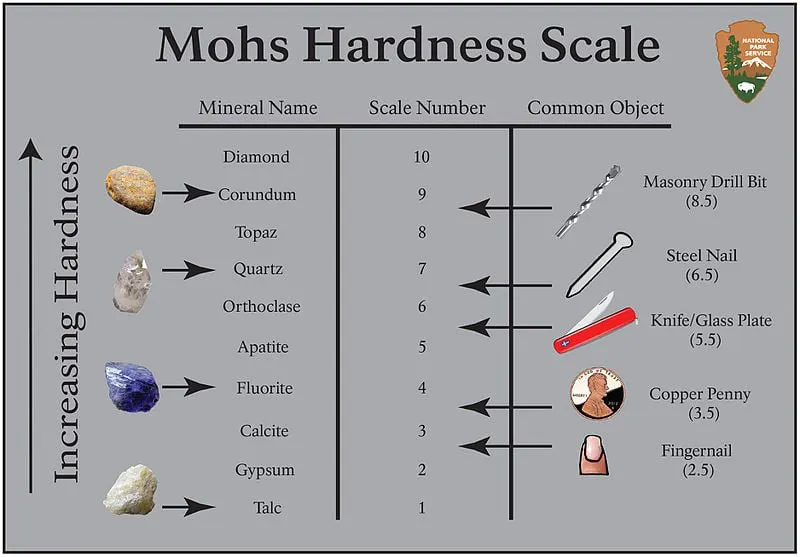
Gemology Cheat Sheets
Overview of gemology cheat sheets
Gemology cheat sheets are quick-reference guides that provide essential information about gemstones, including their properties, identification characteristics, and grading criteria. They serve as handy tools for gemologists, jewelers, and enthusiasts as they navigate the vast world of gemstones. Gemology cheat sheets are designed to be concise and user-friendly, providing key information at a glance.
Information covered in gemology cheat sheets
Gemology cheat sheets typically cover a wide range of topics, including:
- Gem properties: This includes information on a gemstone’s hardness, specific gravity, refractive index, dispersion, play of color, and pleochroism.
- Identification characteristics: Cheat sheets may list the specific visual, optical, and physical properties that are unique to each gemstone, helping gemologists identify and distinguish between different gems.
- Color and clarity grading: Cheat sheets often provide guidelines and criteria for assessing the color and clarity of gemstones. This can include descriptions and grading scales for different colors and clarity characteristics.
- Treatments and enhancements: Cheat sheets may include information on common treatments and enhancements used in the gem industry, such as heat treatment or dyeing, and how they can affect the value and appearance of gemstones.
- Origin and natural occurrences: Some cheat sheets may include details on the geographical sources or mining locations of specific gemstones and their rarity in the market.
Examples of gemology cheat sheets for color and clarity grading
Here are some examples of information that may be included in gemology cheat sheets for color and clarity grading:
Gemstone: Diamond Color grading: Based on the GIA color grading scale, from D (colorless) to Z (light yellow or brown), with specific descriptions and criteria for each color grade. Clarity grading: Based on the GIA clarity grading scale, from Flawless (no visible inclusions or blemishes under 10x magnification) to Included (visible inclusions and blemishes), with specific descriptions and criteria for each clarity grade.
Gemstone: Ruby Color grading: Based on the GIA color grading scale, with descriptions and criteria for evaluating the color of rubies, including hue, tone, and saturation. Clarity grading: Based on the GIA clarity grading scale, with descriptions and criteria for assessing the clarity of rubies, including the presence or absence of visible inclusions and their impact on the overall appearance.
Gemology cheat sheets can be invaluable resources for gemologists and professionals in the industry, providing quick and easy access to essential information needed for gemstone evaluation and identification.
Friedrich Mohs
Biographical information about Friedrich Mohs
Friedrich Mohs was a German mineralogist and geologist born on January 29, 1773, in Gernrode, Germany. He showed an early interest in minerals and geology, and his passion for the field led him to pursue a career in these sciences. Mohs became well-known for his work with minerals and his development of the Mohs hardness scale.
Role of Friedrich Mohs in the development of the hardness scale
Friedrich Mohs played a crucial role in the development of the Mohs hardness scale. In 1812, he created the scale as a practical way to measure the relative hardness of different minerals. Mohs selected ten minerals with varying degrees of hardness and assigned them a numerical value on the scale based on their ability to scratch or be scratched by other minerals. This scale became known as the Mohs hardness scale and is still widely used today.
The significance of the Mohs hardness scale in gemology
The Mohs hardness scale is of utmost importance in gemology. It provides a standardized method for evaluating the hardness or scratch resistance of gemstones. Gemologists use this scale to determine the durability and wearability of gemstones, as well as to assess their suitability for different jewelry designs and applications. By understanding the relative hardness of gemstones, gemologists can make informed recommendations to consumers and help them select gemstones that will best suit their needs and lifestyles. The Mohs hardness scale is an invaluable tool in the field of gemology and has revolutionized the way gemstones are evaluated and graded.

Gemstone Price Guides
Overview of gemstone price guides
Gemstone price guides are valuable resources for both consumers and professionals in the gem industry. They provide guidance and information on the value and pricing of various gemstones, allowing individuals to make informed decisions when buying or selling gemstones. Gemstone price guides take into account factors such as the gemstone’s rarity, quality, color, clarity, and size to determine its market value.
How price guides can be used by consumers and professionals
Consumers can use gemstone price guides to ensure they are paying a fair price for gemstone jewelry or loose gemstones. By referencing a price guide, they can compare prices from different sources, understand the factors that contribute to a gemstone’s value, and negotiate confidently when making a purchase.
Professionals in the gem industry, such as gemologists, jewelers, and gemstone dealers, can use price guides as a reference tool for pricing their inventory and determining the value of gemstones. Price guides help professionals stay up to date with market trends and ensure they are offering fair prices to their customers. They can also assist professionals in assessing the value of gemstone investments and making informed decisions regarding the purchase and sale of gemstones.
Examples of popular gemstone price guides
There are several popular gemstone price guides available in the market. Some notable examples include:
- The Gemstone Pricing Guide by Renée Newman: This comprehensive guide provides information on the wholesale and retail prices of various gemstones. It covers factors such as color, clarity, size, and quality that influence a gemstone’s value.
- The International Gem Society Price Guide: This online resource offers a database of gemstone prices based on various factors. It provides estimated values for different gemstones, taking into account market trends and supply and demand.
- The Gemological Institute of America (GIA) Price List: GIA, a renowned authority in gemology, offers a price list that provides gemstone values based on color, clarity, cut, and carat weight.
These are just a few examples of gemstone price guides available. It is important to utilize current and reputable resources when using price guides and to consider multiple factors when determining the value of a gemstone.
Gemstone Identification and Grading
The importance of gemstone identification and grading
Gemstone identification and grading are crucial processes in the field of gemology. Accurate identification ensures that gemstones are correctly identified and categorized based on their species, variety, and other distinguishing characteristics. This information is essential for determining the gemstone’s value, suitability for different uses, and market demand. Gemstone grading, on the other hand, involves assessing and assigning a quality grade to a gemstone based on factors such as color, clarity, cut, and carat weight. Grading provides a standardized way to evaluate and compare the overall quality and desirability of gemstones.
Tools and techniques used for gemstone identification
Gemologists employ a variety of tools and techniques for gemstone identification. These may include:
- Microscopes: Gemologists use microscopes, including stereoscopic and polarizing microscopes, to examine gemstones in detail. This allows them to observe their internal and external characteristics and features that may aid in identification.
- Refractometers: Refractometers measure the refractive index of a gemstone, which can be useful in determining its identity and separating similar gemstones.
- Spectroscopes: Spectroscopes analyze the absorption and transmission of light through a gemstone, providing information about its color and the presence of certain elements or impurities.
- Dichroscopes: Dichroscopes help gemologists identify pleochroism, which is the phenomenon of a gemstone displaying different colors when viewed from different angles.
- Specific gravity tests: Gemologists can determine a gemstone’s specific gravity by comparing its weight to an equivalent volume of water. Specific gravity can aid in the identification of certain gemstones.
- Gemological reference books and manuals: Gemologists rely on a wide range of literature and publications that provide detailed information about gemstone properties, identification characteristics, and testing methods.
Standards and criteria for gemstone grading
Gemstone grading involves evaluating various factors to determine a gemstone’s overall quality and desirability. The specific criteria for grading gemstones may vary depending on the gemstone type and the grading system being used. However, some common factors considered during grading include:
- Color: The hue, tone, and saturation of a gemstone’s color are assessed. Factors such as vividness, uniformity, and presence of any overtone or zoning are also taken into account.
- Clarity: The presence or absence of internal and external characteristics, such as inclusions, blemishes, or fractures, affects a gemstone’s clarity grade.
- Cut and shape: The quality and precision of a gemstone’s cut and the overall proportions of the gemstone are examined. Factors such as symmetry, polish, and facet arrangement may also be assessed.
- Carat weight: The weight of a gemstone, measured in carats, is considered in grading. Larger gemstones may have a higher value than smaller ones, all else being equal.
Different grading systems, such as the GIA color and clarity grading scales, provide standardized criteria for gemstone grading. These systems enable consistent assessment and communication of a gemstone’s quality and value.

Common Gemstone Cuts and Shapes
Explanation of common gemstone cuts and shapes
Gemstone cuts and shapes refer to the way a gemstone is faceted or fashioned. There are numerous different cuts and shapes, each with its own unique style and visual appeal. Some of the most common gemstone cuts and shapes include:
- Round Brilliant: This is the most classic and popular gemstone cut, featuring a symmetrical and round shape with numerous facets that maximize brilliance and sparkle.
- Princess Cut: This square or rectangular cut features a unique combination of step and brilliant-cut facets, offering a modern and geometric appearance.
- Emerald Cut: This step-cut shape has rectangular facets and long, narrow corners, allowing for broad flashes of light and a dramatic look.
- Oval Cut: An elongated shape with curved sides and a symmetrical design, the oval cut is versatile and flattering for many gemstone types.
- Marquise Cut: This cut has a distinctive boat-shaped outline with pointed ends, providing a unique and elegant appearance.
- Pear Cut: Also known as a teardrop cut, this shape combines the features of a round and marquise shape, featuring a rounded bottom and a pointed top.
- Cushion Cut: This square or rectangular cut has rounded corners and large facets, offering a vintage and romantic look.
- Asscher Cut: Similar to the emerald cut, the asscher cut has square facets and stepped sides, creating a striking appearance.
Popular cuts and shapes in the gemstone industry
While there are countless cuts and shapes available, some cuts and shapes are more popular and widely used in the gemstone industry. Round brilliant-cut gemstones, for example, are favored for their maximum brilliance and timeless appeal. Princess-cut gemstones are also highly sought after for their modern and sophisticated look. Emerald-cut gemstones are often chosen for their elegant and luxurious appearance. These cuts and shapes are popular for a wide range of gemstones, including diamonds, sapphires, and emeralds, among others.
The choice of cut and shape for a gemstone depends on personal preferences, the gemstone type and quality, and the desired style and design of the jewelry.
The impact of cut and shape on a gemstone’s value
The cut and shape of a gemstone can greatly impact its value and appearance. Well-cut gemstones with precise proportions and symmetrical facets will usually exhibit greater brilliance, fire, and scintillation, making them more desirable and valuable. The precision and quality of the cut can maximize a gemstone’s optical properties and enhance its overall beauty. Additionally, certain cuts or shapes may be more challenging to fashion or require more of the rough material to be sacrificed during cutting, which can affect the gemstone’s value. As with all aspects of gemstone selection, the cut and shape should be considered alongside other factors such as color, clarity, and carat weight, to determine the overall value and desirability of a gemstone.
Gemstone Rarity and Value
Factors that contribute to a gemstone’s rarity and value
Several factors contribute to a gemstone’s rarity and value. These factors include:
- Color: Gemstones with rare and vibrant colors, such as deep red rubies or intense blue sapphires, are generally more valuable than those with common or less desirable colors. The rarity and desirability of a gemstone’s color can greatly impact its value.
- Clarity: Gemstones with high clarity, meaning they have minimal internal or external characteristics, are generally more valuable than those with visible inclusions or blemishes. A gemstone’s clarity significantly affects its beauty and transparency.
- Size: Larger gemstones are generally rarer and more valuable than smaller ones. However, color, clarity, and other factors still play a crucial role in determining a gemstone’s overall value.
- Rarity: Gemstones that are naturally scarce or found in limited quantities are considered more valuable due to their rarity. For example, certain colored diamonds, like pink or blue diamonds, are exceptionally rare and command high prices in the market.
- Demand: The level of demand for a particular gemstone can greatly impact its value. Gemstones that are highly sought after by collectors, enthusiasts, or the general public tend to be more valuable due to their popularity and market demand.
Examples of rare and valuable gemstones
There are numerous gemstones that are considered rare and valuable due to their exceptional beauty, rarity, or unique properties. Some examples include:
- Pink Diamond: Pink diamonds are one of the rarest and most valuable gemstones in the world. Their intense pink color and scarcity make them highly sought after by collectors and investors.
- Alexandrite: Alexandrite is a color-changing gemstone that exhibits different colors under different lighting conditions. It is renowned for its rarity and exceptional optical properties, making it highly desirable and valuable.
- Blue Sapphire: Blue sapphires are prized for their rich blue color and durability. Natural, untreated blue sapphires of exceptional quality are rare and highly valuable.
- Jadeite: Jadeite is a gemstone prized for its vibrant green color and lustrous appearance. Jadeite of the highest quality, known as imperial jade, is particularly rare and commands high prices in the market.
- Paraiba Tourmaline: Paraiba tourmaline is characterized by its vivid blue or green color, often with a neon-like intensity. This gemstone is extremely rare and highly valued for its unique color and rarity.
These are just a few examples of rare and valuable gemstones. The rarity and value of gemstones can fluctuate over time due to market trends, availability, and other factors.
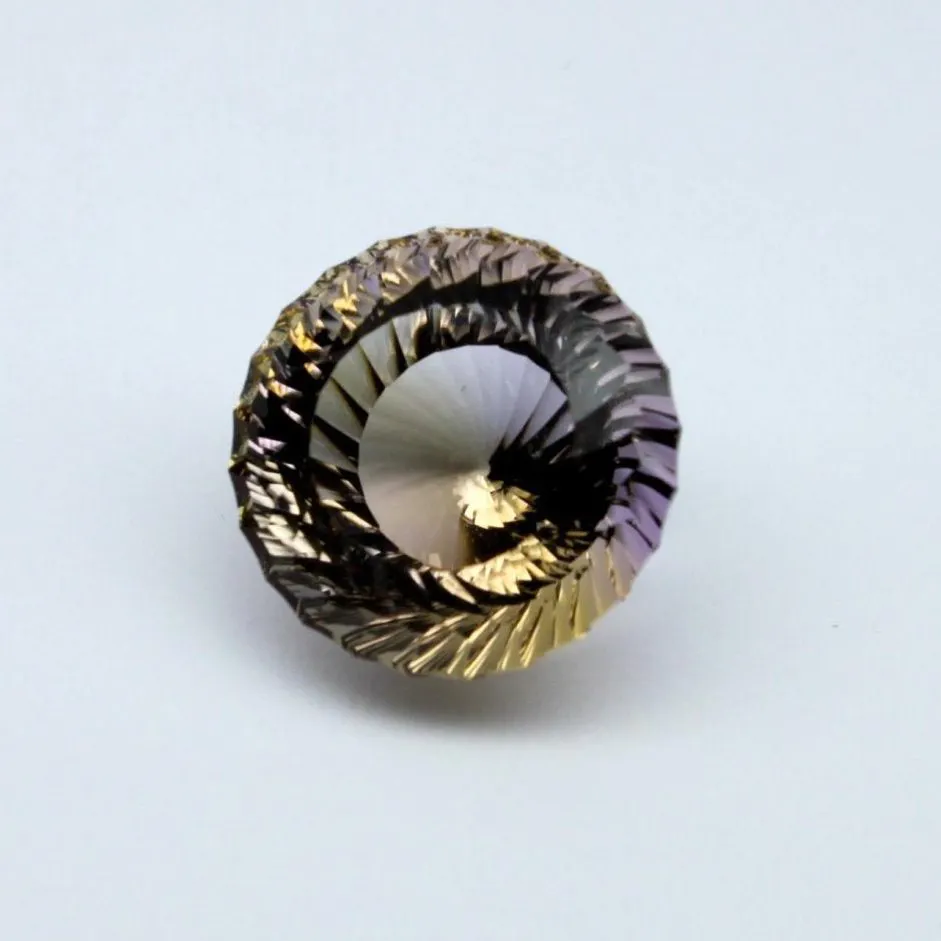
Conclusion
Understanding the Mohs hardness scale, the types and cuts of gemstones, gemstone grading, and other aspects of gemology is essential for both professionals and enthusiasts in the field. By comprehending these concepts, one can better appreciate the beauty and value of gemstones and make informed decisions when buying, selling, or working with gemstones. Whether it’s evaluating a gemstone’s durability, determining its value, or recognizing its unique characteristics, knowledge of gemology is invaluable in the world of gemstones. So dive in, explore the fascinating world of gemstones, and discover the wonders that lie within!




